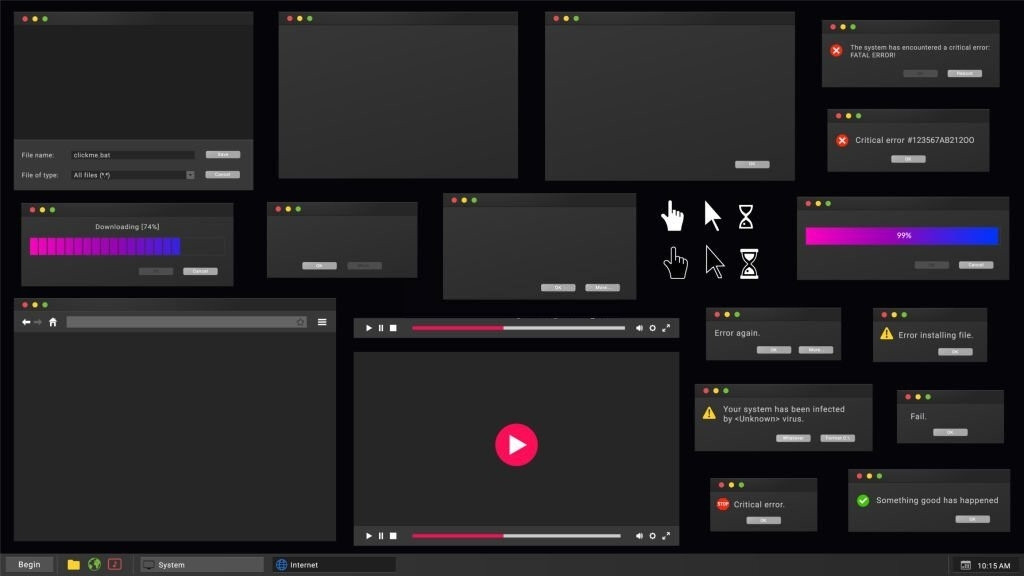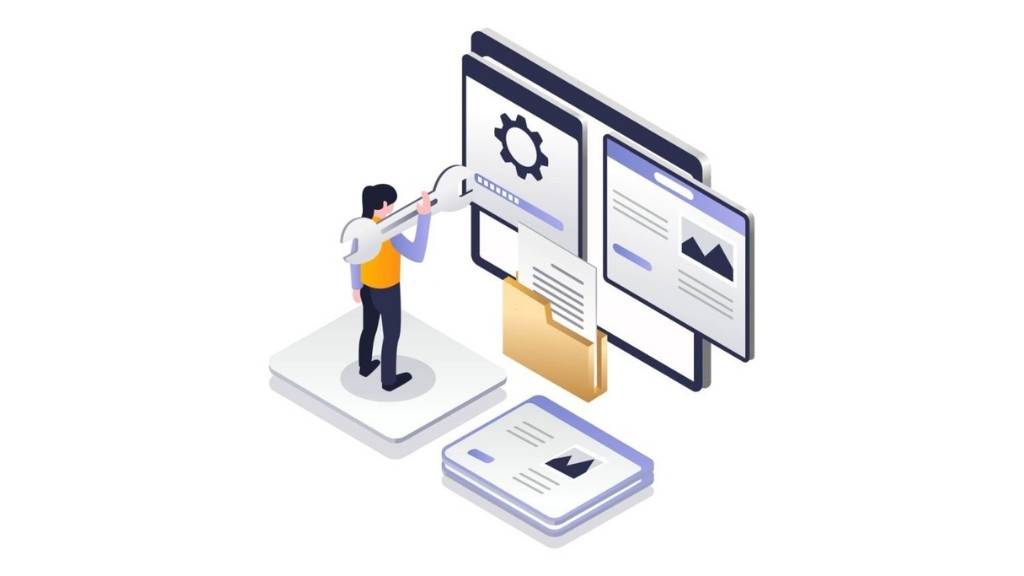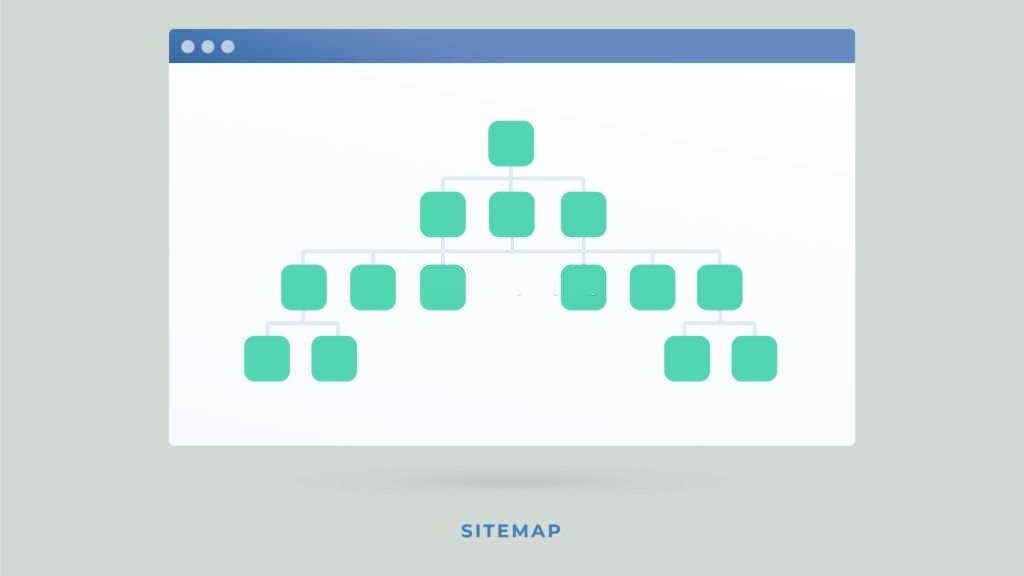One of the factors that people have chosen WordPress as their CMS website may be that they read that it’s SEO-friendly out of the box. In fact, they just need to check out WordPress’s own list of ‘powerful features on their homepage and this WordPress SEO Checklist to see that they’re proud that the platform is SEO-friendly. WordPress has continued to evolve and it is one of the best CMS offering a great user experience. It owns roughly 30 percent of the total websites. And the most incredible score delivered in the web development industry is expected.
However, that doesn’t mean that really just launching a WordPress site is enough to have been at the top of search engine results. You still need to understand the WordPress SEO Checklist and the right SEO practices to use and how to execute them, but the best part is that WordPress makes this easy to do and makes it easier for learners to boost their traffic from Google. As such, you‘re ready to maximize the quality and effectiveness of your potent WordPress website. Sure, you’ve had to add all the attributes to it and make it worth using as an optimal service solution.
Now, you will find our top-notch WordPress SEO Checklist with practices to help you optimize your website and enjoy SEO success. We know that at the time of the launch of the website, nobody kept insisting on it. But, in terms of direction, this is not the stage to be neglected when your business completely depends on your website.
Let’s take a quick look at the impactful WordPress SEO Checklist:
Install WordPress and Choose an Intelligent Domain
You have to make sure that you should choose an intelligent domain and the right TLD such as .com, .org, or .net. And hosting your site with a reliable provider site speed, uptime, and security are all key grounds to think carefully about who you will be using as your host. Site speed has a significant impact on the SEO performance of your WordPress site, and poor uptime and security flaws can lead to site quality issues. Install WP, here is a guide

Create a robots.txt file
Owners of websites should make a robots.txt file so they may manage which areas of their website are visible to automated bots and search engines. In the root directory of a website, there is a text file called a robots.txt file that includes directives for web robots or crawlers regarding which pages or parts of the site they should or should not crawl.
If you wish to prevent search engines from indexing particular pages or directories on your website, this might be helpful.
You may increase the effectiveness of the crawling process by designating which pages or areas of your website are crucial for search engines to crawl. This can make it easier for search engines to find and index your most crucial sites.
You may avoid problems with duplicate content penalties by utilising the robots.txt file to prevent search engines from indexing duplicate or subpar material.

Create a .htaccess file
If you want to control the various aspects of your website server then the .htacess file is the best solution. This file is placed in the root directory of the Apache server. .htaccess file allows you to configure the website server for the best control of your website function.
It can handle different functions like: it can enable visitors to land on a redirect page rather than a page that has changed its URL. It can provide helpful information to visitors regarding that page which is not available using custom page error option. You can block specific IP ranges to secure your site. These IP addresses may contain DDos attacks or suspicious traffic. Cache rules can be defined to limit the download date for clients to enhance the performance of your website.

URL Structure for Posts
WordPress provides a variety of options for structuring URLs. The SEO of your website will therefore be greatly affected by URL structure, so make sure it is SEO-friendly.
WordPress by default uses URLs that look like this: https://domain.com/? It’s p=123.
These URLs are not search-engine-friendly, but the WP permalink choice allows you to change them. Always keep in mind the following:
- The URL should be simple and easy to recall. Complex URLs are hard to remember.
- Make sure the post title is included in the URL to help readers understand. Additionally, it helps search engines understand and indexing of your website.
- Your URL should contain lowercase letters and hyphens. This can help to clear up any confusion and make your URL easier to read and understand for both visitors and search engines.
- Keep dates and numbers out of your URLs because they can make them less readable and memorable.
- In your article URLs, avoid using categories. Because WordPress won’t generate a new URL or include too many folders if you subsequently alter a post’s categorization.

Choose SEO Optimized Theme
When you first install WordPress, you’ll see the default theme for the website. However, there’s quite possible that you won’t want to use this for your website. You can choose from hundreds of free and premium themes on the internet for your website.
Download some themes you like, but also inspect the source code of the theme: be sure that the source code is well structured. Although several themes claim to be SEO-friendly, it is not rare for themes to come bundled with scripts and plugins that you would not need, and this will slow down the output of your site. Before you install a theme, run your demo through Google’s web dev tool to get insights into future performance and SEO concerns. Also, check its speed and response on mobile and other platforms.

Must-Have SEO Plugins
You will need to install these must-have SEO plugins before you start optimizing your website. Fortunately, there are a few key choices that are widely recommended, all of which are free to install:
- Yoast SEO
- All in One SEO Pack
- Cachify
- Google Analytics
- Really simple Facebook and Twitter Share buttons
Please take note that a plugin will not optimize your website for you; it will make it easier for you to do so and to establish best practices.

Setting up Google Analytics & Google Search Console for User Tracking (Essential part of WordPress SEO Checklist)
Setting up Google Analytics and Google Search Console is crucial for user tracking and website optimization. Google Analytics provides valuable insights into user behavior, traffic sources, and conversion rates. While Google Search Console helps website owners understand how their website is performing in search results and identify opportunities for improvement. To set up Google Analytics, website owners must create an account, add a tracking code to their website, and configure settings. Setting up Google Search Console involves verifying ownership of the website, submitting a sitemap, and monitoring search performance. By using these tools, website owners can gain valuable insights and make data-driven decisions to improve their website’s performance.

Adding a Sitemap
You just have to need to check your site with the Google Search Console. XML Sitemaps are the structure that allows search engines to understand the context and details of the website. By creating an XML Sitemap on your website, you would be able to notify all search engines, including Google, that your website has been updated. The activated Yoast SEO plugin has come up with an XML Sitemap module.
Once you’ve checked your site, you will need to submit your XML sitemap to the ‘Sitemaps’ tab. (Yoast will generate an XML sitemap by default — check domain.com/sitemap.xml). You may then apply the location of your sitemap (sitemap.xml).

Adjust Sidebar Content
Adjusting sidebar content for a website refers to customizing the elements displayed in the sidebar of a website. The sidebar is a section of a website that appears on either the left or right side of the main content area. It typically contains widgets, such as search bars, categories, archives, recent posts, and advertisements. Adjusting the sidebar content involves selecting the widgets that are relevant to your website’s goals and audience and arranging them in a way that is visually appealing and easy to navigate. By adjusting sidebar content, website owners can improve user experience. And make it easier for visitors to find relevant content, resulting in increased engagement and website traffic.

Do Image Optimization
Creative stuff and images that convey the intended message are more likely to rank highly in search results. Everyone desires to optimize images.
Image file resizing without sacrificing image clarity is referred to as image optimization for websites. Image optimization can increase the speed at which a website loads, the use of bandwidth, and the general user experience. This can be done by selecting the best file format for web optimization, compressing the pictures, and resizing them to the necessary sizes.
Additionally, search engines can better grasp the content of pictures by adding descriptive file titles and alt text, which will benefit the website’s SEO. By optimizing images for the web, website owners can improve their website’s performance and user experience.

Carry out Keyword Research
(Essential part of WordPress SEO Checklist)
Without keyword research, you have no idea what search terms to use to improve the website’s content. Actually, keyword study should be the first step in any SEO strategy because it helps you plan your website’s content and optimize it. To discover terms that you can use and improve, use the keyword analysis tool.
Building meta descriptions for a page or website is considered essential to carrying out smart SEO. These tags offer webmasters an excellent way to present their web-pages with the most refined information. Tags are sometimes utilized to provide information about different types of websites. It works to maintain each page’s structure so that search engines can accurately index the web-pages.

Final thoughts
Although the aforementioned 12 techniques may seem challenging to you, they actually produce excellent outcomes in terms of the website’s high rating. As a result of this WordPress SEO Checklist, you can set up and create a WordPress project that will greatly increase your website’s traffic and success. By taking the above actions you’re putting yourself in a fantastic situation to outrank your rivals.
Read More: How to rank your business on Google maps




